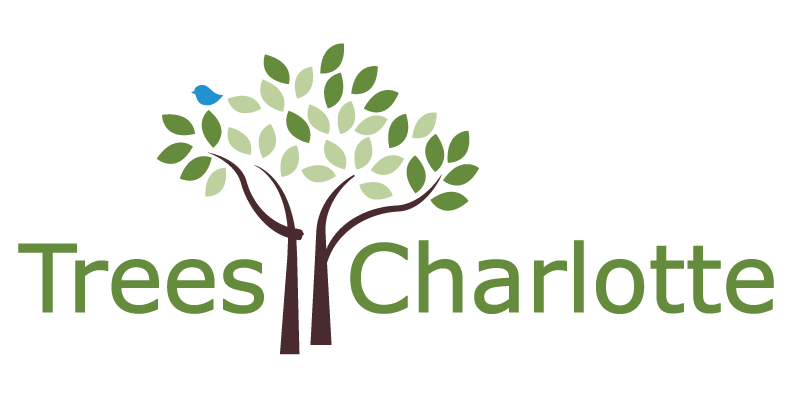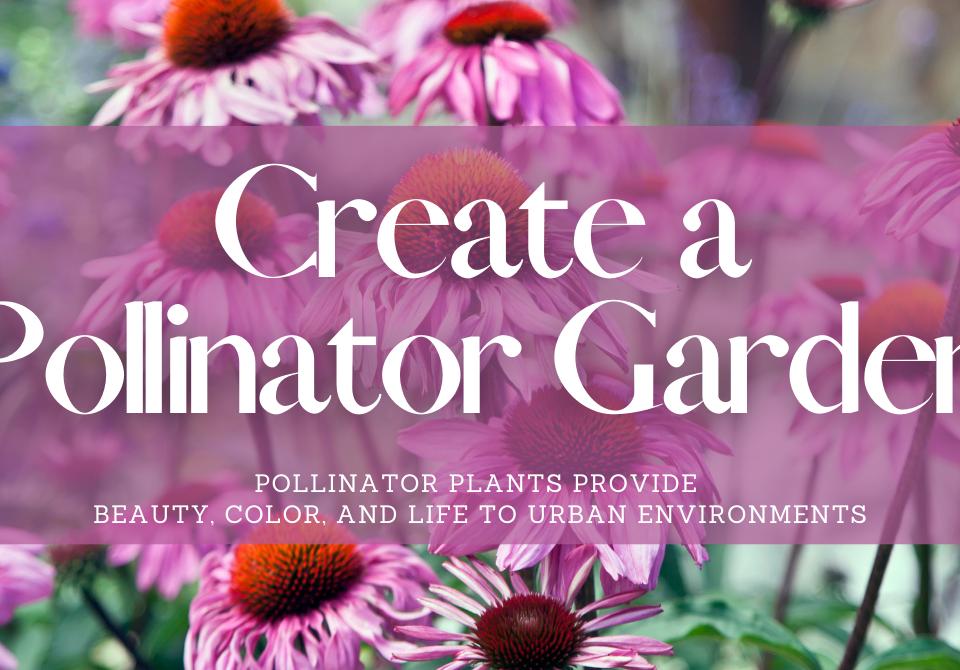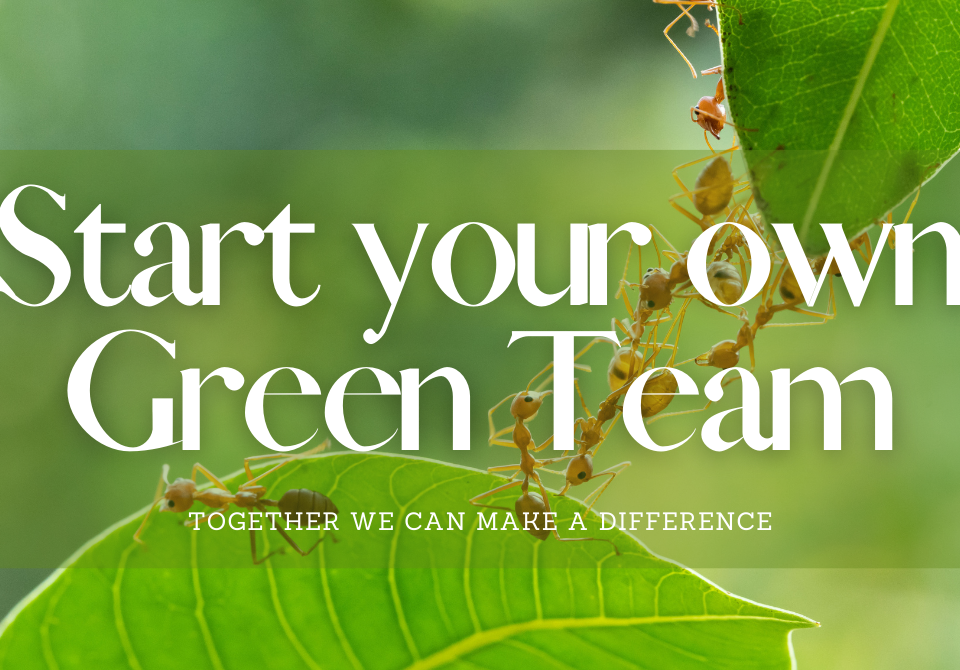The Bees’ Needs for Trees
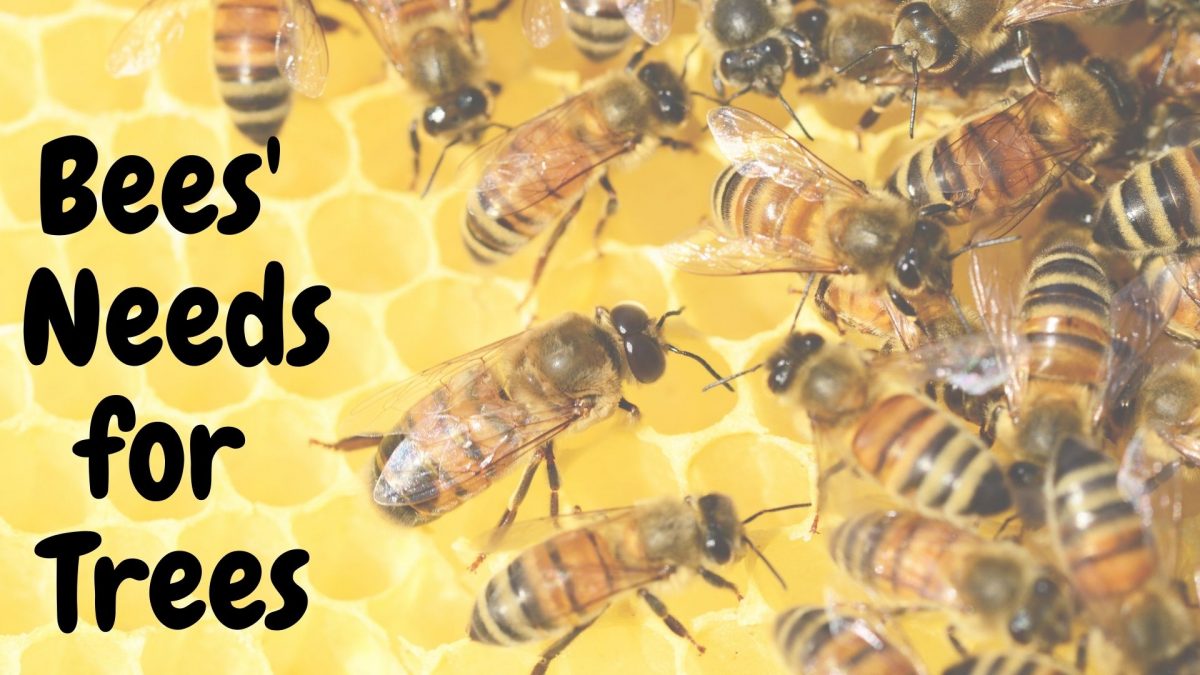
By: Emily Murphy, Guest Writer
Growing up, I was scared of bees because I was constantly chased by wasps and bees at the pool and didn’t want to get stung. I hated anything that buzzed because I thought they were out to get me. However, I learned later in life that stinging people is not bees’ purpose in our ecosystem. Most people view bees as a bother, but do you ever think of the true impact they have on our environment, our bodies, and our trees? Bees keep our world functioning properly and we should be thankful for everything they produce for us.
What is Pollination?
Pollination is the transfer of pollen grains from one flower to another that allows fertilization to occur. It’s essential for plant reproduction, and is technically a bee’s job. Bees collect pollen and nectar from flowers on trees. The pollen from the flower gets stuck to the hairs on a bee’s legs. When the bee visits the next flower, some of the pollen rubs off onto that new flower, which will fertilize the seed in that flower and eventually grow to procure fruit! Although the transfer of pollen by bees is hugely important to our ecosystem, bees don’t just do it to help flowers out. They go from flower to flower in search of something else– nectar. Nectar is high in sugar and gives bees lots of energy. When sucking out the nectar, bees store it in their ‘honey stomachs’ and bring it back to the hive where it is converted into honey. There is only a small amount of nectar within each flower, so nectar-seeking animals have to go to multiple flowers to collect enough of it, thus carrying pollen from one flower to another. Other wildlife, such as hummingbirds, butterflies, and fruit-eating bats also pollinate flowers when drinking the nectar from them. Approximately 80% of all flowering plant species are specialized for pollination by mainly honey bees.
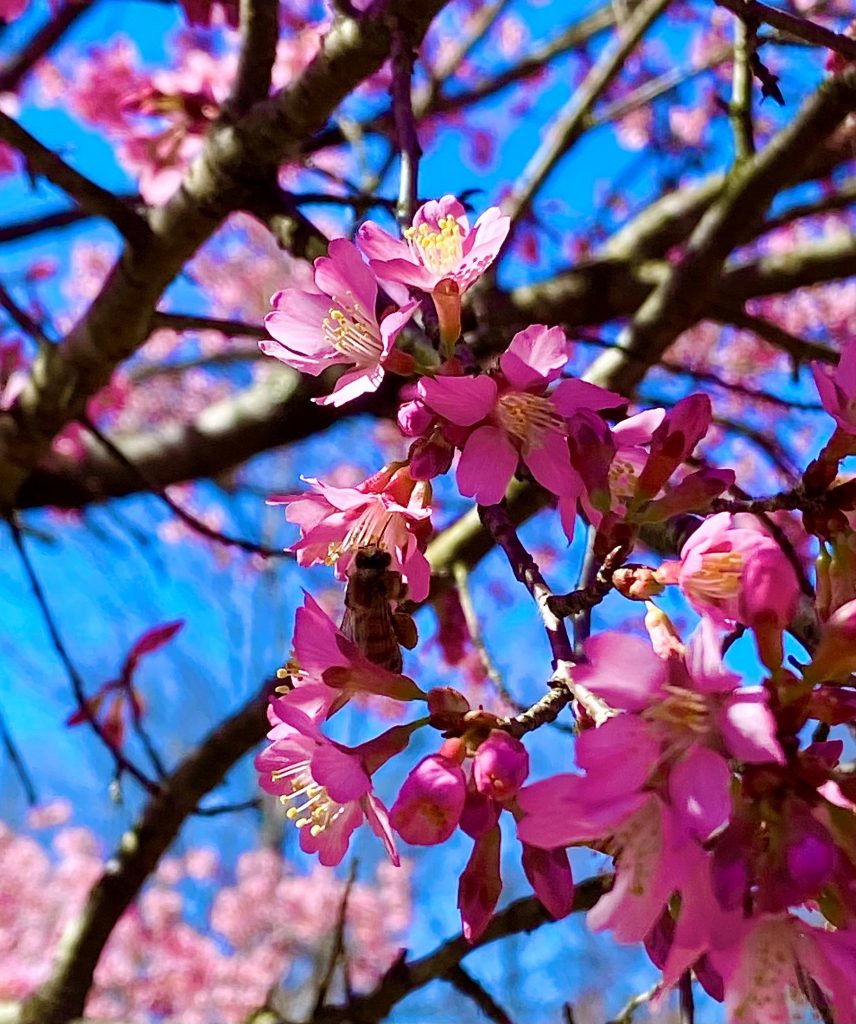
Bees and Trees Need Each Other
Without bees, there would be a lot fewer fruiting and flowering trees because their main method of reproduction would be gone! And since all of bees’ nutrition comes from nectar, without flowering trees, bees would not be able to survive. There are certain tree species that provide saps and resins that mix with beeswax, honey, and enzymes to create propolis, which is used to secure, waterproof, and sterilize the hive cavity. Coniferous trees, like cedar, juniper, spruce and pine, have great sources of resin, along with sweetgum and chestnut. Some trees have the ability to attract bees to them. Maples are known for the syrup from their sap that bees love the smell of. Fruit trees give off fragrance in the spring that draws bees in. Redbuds have a great amount of nectar and pollen, and honey and carpenter bees love their pink flowers.
How Bees Affect Our Food Intake
An abundance of tree-grown foods, such as apples, almonds, avocados, and more, rely on bees to grow. The speed at which bees fly from tree to tree in a day ranks them at the top tier for most efficient and effective pollinators. The honey they produce not only tastes great, but also has many health benefits, such as a healthier heart and liver, and improved blood antioxidant status. Bees and trees work hand-in-hand to create the $15 billion food industry we have in our grocery stores daily. The famous scientist E.O. Wilson said that we can thank bees for one in every three mouthfuls we take! Sometimes, handlers will strategically take bees into the middle of tree orchards to pollinate the flowers, build their own colony, and satiate our need for tree-grown foods.
As you can see, we direly need bees so we can keep enjoying gorgeous flowers, delicious food, and tree-filled communities. But to keep bees happy and healthy, we need to take good care of our trees by reducing pesticide use, curbing climate change, and planting more flowering trees and plants. Next time you see a bee buzzing by, think of what they’re doing for our society. But if it’s a wasp, you may want to stay clear so you don’t get stung!

